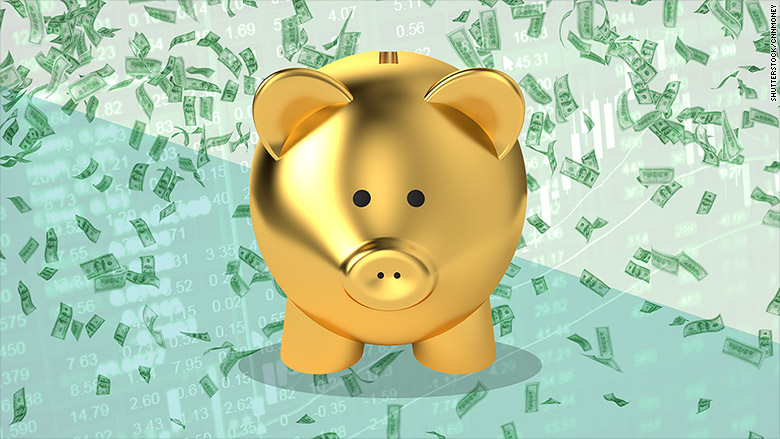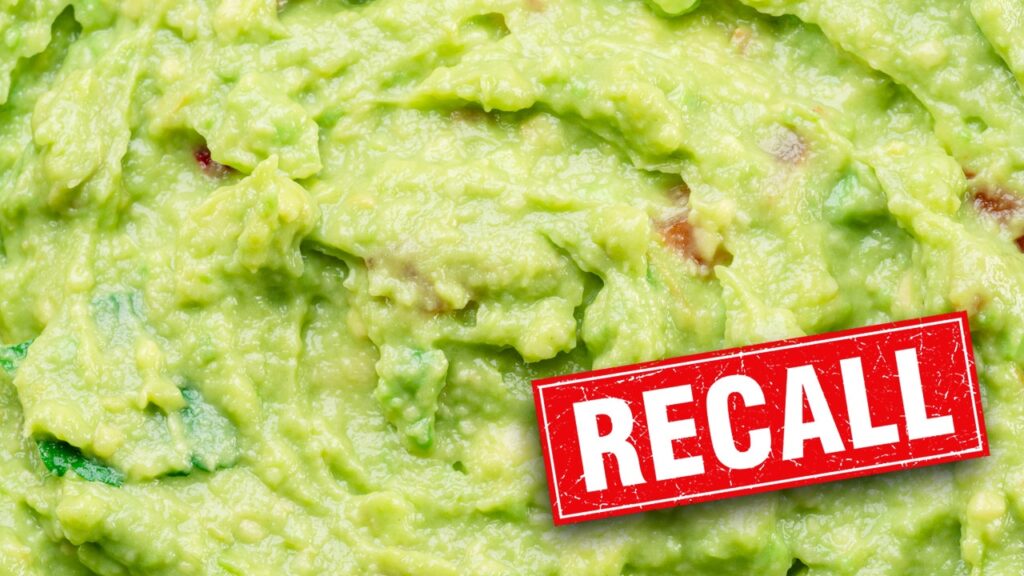:max_bytes(150000):strip_icc():format(jpeg)/shutterstock_286973201-5bfc478a46e0fb00266229cf.jpg)
Nike, Inc. (NKE) is a leading textile, apparel, footwear, and accessories company with a market capitalization of $107.4 billion as of March 2025.
Phil Knight, Chairman Emeritus, started the company by selling shoes from his car. Nike began as Blue Ribbon Sports in 1964 and was incorporated as Nike in 1971. It launched its initial public offering (IPO) in 1980. Nike operates in North America, Western Europe, Central and Eastern Europe, Japan, and China.
Key Takeaways
- Nike is a global brand that makes sneakers and athletic wear for sports professionals and retail consumers.
- Nike has steadily increased its annual dividend since its founding.
- Nike’s first quarterly dividend payout was $0.05.
Dividend Policy
Nike, Inc.’s annual dividend was $1.60 as of Mar. 13, 2025 with a yield of 2.17%. The average dividend yield of the consumer goods sector is 2.22%.
Nike has paid quarterly dividends ranging from $0.5 to $0.88 per share, adjusting for its stock splits. Nike’s dividend initially increased by an average of 15.8% annually. Two of Nike’s competitors include Under Armour and Adidas. UA does not pay shareholder dividends. Adidas’ annual dividend was $0.239 on Mar. 13, 2025 with a yield of 0.2%.
In 2024, analysts projected Nike is poised to become an S&P 500 dividend aristocrat. A dividend aristocrat must have increased its dividend for 25 consecutive years and be included in the S&P 500 Index.
Earnings Trends
For quarterly and annual reports, Nike includes operating segments for the NIKE and Jordan Brands in North America, Europe, Middle East/Africa, Greater China, and Asia Pacific/Latin America. Converse is also a reportable operating segment and reports for the design, marketing, licensing, and selling of casual sneakers, apparel, and accessories.
For fiscal year (FY) 2024, annual revenues increased 1% to $51.4 billion from $51.2 billion in FY 2023. Footwear represented 68% of yearly revenue. The North America segment accounted for 43% of revenue.
Dividend Ratios
In FY 2024, Nike returned $6.4 billion to shareholders through share repurchases and dividends. The company reported an annual EPS of $3.73, a 15.48% increase from 2023. In the most recent data, Nike’s dividend payout ratio was 40.64% in 2023. The dividend payout ratio indicates the portion of EPS paid to investors in cash dividends.
Nike’s Future Outlook
Earnings results for the quarter ended February 2025 are expected to show a year-over-year decline in earnings based on lower revenues. Nike lowered revenue expectations for 2025 but continues to focus on innovation and franchises. In 2024, Nike introduced the AlphyFly 3 to basketball and the Sabrina 1, a shoe that works across genders.
Risks in 2025 include a volatile global economy, including sustained high inflation and interest rates. Fluctuations in the markets and exchange rates for foreign currencies impact global markets. Nike depends on the availability and acceptable pricing for commodities and raw materials such as cotton or petroleum derivatives.
How Often Does Nike Pay Shareholder Dividends?
The company pays a quarterly dividend to shareholders in or around January 5, April 5, July 5, and October 5.
Has Nike Ever Had a Stock Split?
Nike has offered a 2 for 1 stock split to investors seven times from 1983 to 2015.
Who Is the CEO of Nike?
As of 2025, Elliott Hill is the President and CEO of Nike, Inc.
The Bottom Line
Nike, Inc. is considered a dividend leader and projected to be a “dividend aristocrat,” S&P stocks that have consistently increased shareholder payouts. Nike returned $6.4 billion to shareholders through share repurchases and dividends in FY 2024.



